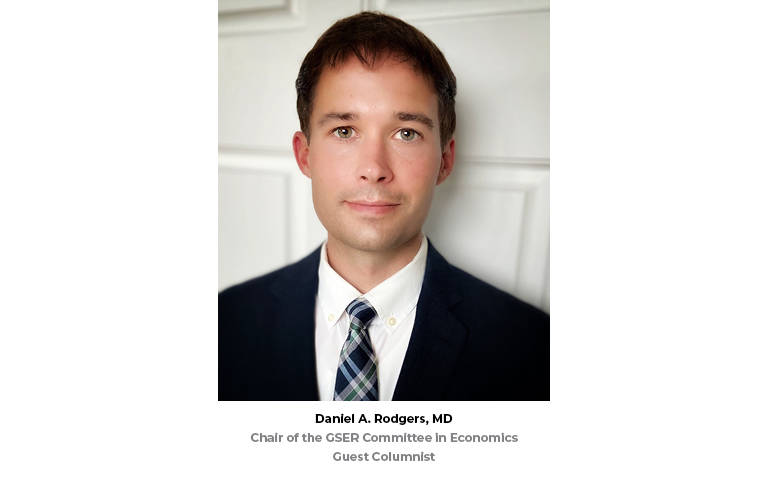The number of non-physician providers in the U.S. has doubled in 10 years — with over 325,000 advanced practice registered nurses (APRNs) and 150,000 licensed physician assistants (PAs) in 2021, compared to 148,000 APRNs and 81,000 PAs in 2010.1 Their scope of practice has also dramatically increased, with over 20 states now allowing full practice — independent from physicians. Federal regulations related to COVID-19 have further loosened restrictions around scope of practice nationwide.2
In our own specialty, non-physician radiology providers (NPRPs) were originally hired to assist IRs during complex procedures and with periprocedural care. This scope was later expanded to NPRPs being able to perform “minor” procedures under varying levels of supervision, including peripherally inserted central catheter lines, arthrography, biopsies and drainages, and barium studies. Some practices have embraced this trend while others have not, resulting in varied opinions among radiologists. One particularly contentious issue has been the quest for federal payment and supervision parity between registered radiologist assistants and other types of NPRPs. While there are many points of division, most radiologists can unite behind these four basic principles:
- Opposing further NPRP scope of practice expansion
- Aggressively enforcing the red line that NPRPs should not interpret imaging studies
- Adequately training radiologists to mitigate the underlying need for NPRPs
- Supporting Imaging 3.0® and raising radiologist visibility by interacting with patients and personally performing as many procedures as possible
Almost all radiologists can agree that NPRPs should not be interpreting imaging studies. Published reports of at least one medical center using RTs to dictate draft reports led the ACR’s Commission on General, Small, Emergency, and/or Rural Practice (GSER) to write two resolutions strengthening the College’s position against non-physician interpretation of imaging.3 These resolutions passed overwhelmingly at the Council meeting at ACR 2021 with support from a wide variety of stakeholders, including the American Society of Radiologic Technologists.
Two primary factors driving the growth of NPRPs in radiology are cost-saving initiatives and a lack of adequately trained radiologists. The economics is simple — the highly paid radiologist can focus on more remunerative exams, while the NPRP handles necessary but lower-reimbursing activities. Surging volumes, growing practice sizes, and evolving practice ownership patterns have further fueled this trend. As volumes increase, it is much less expensive for the radiology department to offload work onto an NPRP than to hire a new radiologist.
A less-appreciated factor driving the increased use of NPRPs is a growing dearth of radiologists willing to perform these “minor” procedures. Nearly all residents now complete fellowships, with fewer practicing radiologists identifying as general radiologists. Subspecialization has been driven by demand from our increasingly sophisticated and highly subspecialized referrers. This has resulted in the unintended consequence of some radiologists wishing only to practice within their subspecialty and feeling uncomfortable performing procedures outside their subspecialty. The entry of this cohort into the specialty and the retirement of older radiologists has created a vacuum, with the resulting coverage gap most easily and inexpensively filled by NPRPs .At ACR 2020, the GSER Commission proposed a resolution that resulted in the formation of a Task Force on General Radiology and the Multispecialty Radiologist, chaired by Robert S. Pyatt Jr., MD, FACR. While we can and must fight against further expansion of the scope of practice for NPRPs, the outcome of the College’s legislative efforts is largely outside our control. However, the training of new radiologists and the delegation of work within our practices is entirely ours to determine.
In my own practice of multispecialty radiologists, our versatility means we have no need to outsource work to NPRPs. Radiology is best performed by radiologist-led teams. More complex exams are directed towards those most competent to interpret them, but we all share in reading most exams and performing most procedures. The resulting interactions with patients serve to raise radiologist visibility among the public, referring physicians, and hospital administrators — just one example of the tenets of Imaging 3.0 in practice.

